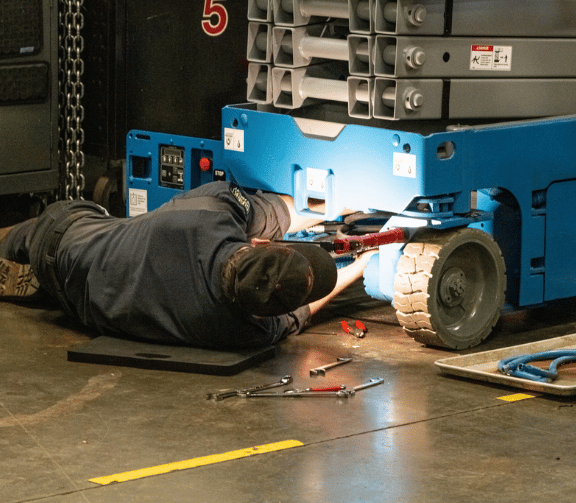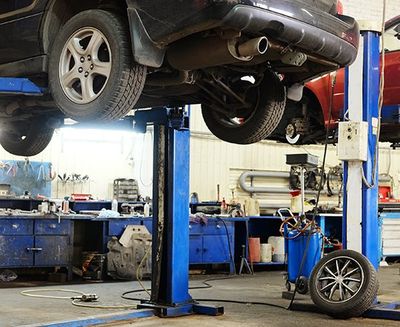Comprehensive Guide to Elevator Equipments and Their Maintenance
Navigating the detailed globe of elevator systems and their upkeep is a task that requires precision and knowledge. From the various kinds of lift systems in use to the careful adherence to safety and security guidelines, the upkeep of these upright transport gadgets is a multifaceted venture.
Sorts Of Elevator Solutions
Elevator systems can be found in different kinds, each developed to match particular structure needs and user demands. The most usual kinds include hydraulic lifts, grip lifts, machine-room-less lifts, and vacuum lifts. Hydraulic elevators are ideal for low-rise structures and utilize a hydraulic piston to move the lift auto. Traction elevators, on the other hand, are more matched for high-rise structures and make use of steel ropes and counterweights to move the cars and truck. Machine-room-less elevators are a space-saving option as they do not call for a separate machine room for the elevator machinery. Vacuum cleaner elevators, a more modern-day innovation, usage air stress differentials to relocate the cars and truck within a transparent tube.
Each kind of lift system has its own advantages and disadvantages, making it vital for building owners and developers to thoroughly consider their details requirements before selecting the most appropriate option. Variables such as constructing height, space accessibility, power efficiency, and budget constraints all play a significant duty in identifying the very best lift system for a particular building.
Common Upkeep Problems
Routine maintenance of lift systems is necessary to make sure smooth procedure and lengthen their life expectancy. Regardless of normal upkeep, lift systems can still encounter usual upkeep problems that require to be without delay addressed to stop disruptions in service. Normal examinations and aggressive maintenance can assist determine and deal with these usual maintenance concerns prior to they escalate and impact the overall efficiency of the elevator system.
Security Regulations and Compliance
Adhering to rigorous safety laws and making certain conformity with industry criteria are critical for maintaining the operational honesty of elevator systems. Lifts are subject to a detailed set of safety guidelines to protect guests, upkeep workers, and the public. Regulatory bodies such as the Occupational Security and Wellness Management (OSHA) in the USA and the European Lift Organization (ELA) in Europe develop standards that cover various facets of lift style, operation, installment, and upkeep.
Conformity with these laws is not just a legal need however also an ethical obligation for building proprietors and elevator maintenance business. Failing to satisfy safety standards can lead to fines, legal obligations, and, most significantly, endanger the safety and security of individuals utilizing the lift. Regular assessments, maintenance checks, and adherence to safety protocols laid out in the policies are important to make sure the risk-free and reliable procedure of elevator systems. By prioritizing safety policies and compliance, stakeholders can maintain the trust of the general public and minimize potential threats connected with lift use.
Ideal Practices for Upkeep

Structure owners need to also take into consideration spending in innovation upgrades to boost the effectiveness and safety of their lift systems. By following these best techniques, elevator systems can run efficiently and securely, providing reliable vertical transportation for owners.

Advanced Technologies for Performance
Implementing advanced modern have a peek at this site technologies in lift systems can significantly improve functional efficiency and passenger experience. lift maintenance london. Among the key advancements in lift technology is the introduction of destination control systems. These systems permit travelers to input their preferred floor prior to getting in the elevator, which then directs them to one of the most efficient cars and truck. By enhancing and reducing unnecessary stops traveling paths, location control systems decrease wait times and blockage in high-traffic structures.
Moreover, the assimilation of smart sensing units and predictive upkeep abilities has actually reinvented check here lift upkeep. These sensing units can discover potential issues prior to they escalate, making it possible for positive upkeep interventions and lessening downtime. Additionally, making use of energy-efficient elements and regenerative drives helps in reducing power usage and operating expense in elevator systems.
Additionally, the application of cloud-based tracking and remote diagnostics permits real-time monitoring of lift efficiency and immediate troubleshooting of any kind of malfunctions. This aggressive technique not just enhances system reliability however also boosts the overall customer experience by making certain continuous and smooth lift operations.
Final Thought
To conclude, recognizing the different kinds of elevator systems, common upkeep problems, security regulations, finest upkeep methods, and progressed technologies for performance is crucial for making certain the smooth procedure of elevators. By adhering to safety and security regulations and implementing ideal techniques for upkeep, building owners can prolong the lifespan of their lift systems and ensure the security of guests. It is essential to remain updated on the most current developments in elevator modern technology to improve effectiveness and reliability.
The most usual types include hydraulic elevators, traction lifts, machine-room-less lifts, and vacuum lifts. Hydraulic elevators are excellent for low-rise structures and make use of a hydraulic piston to move the lift auto. Machine-room-less lifts are a space-saving option as they do not call for a different machine area for the elevator machinery. Regular examinations and aggressive maintenance can assist identify and fix these common maintenance concerns before they escalate and impact the total performance of the elevator system.
